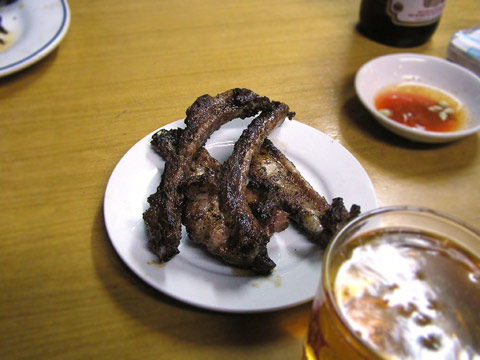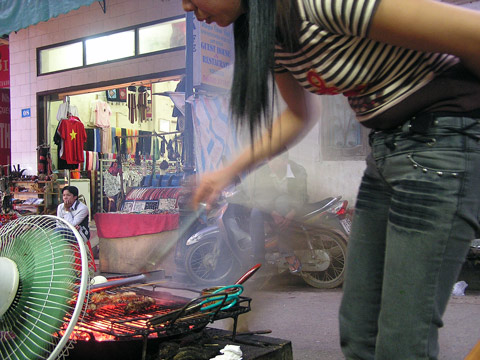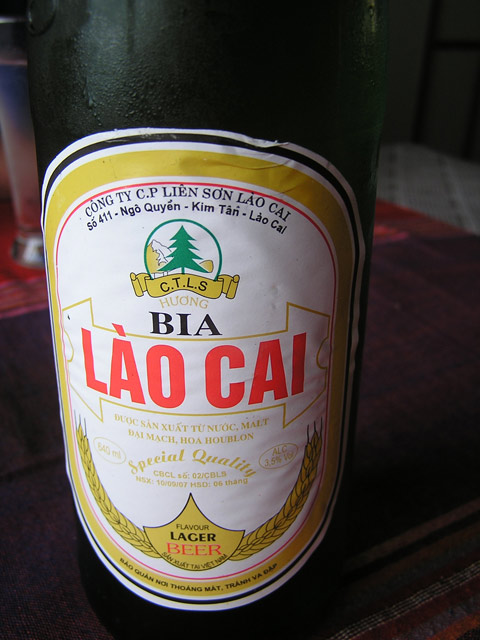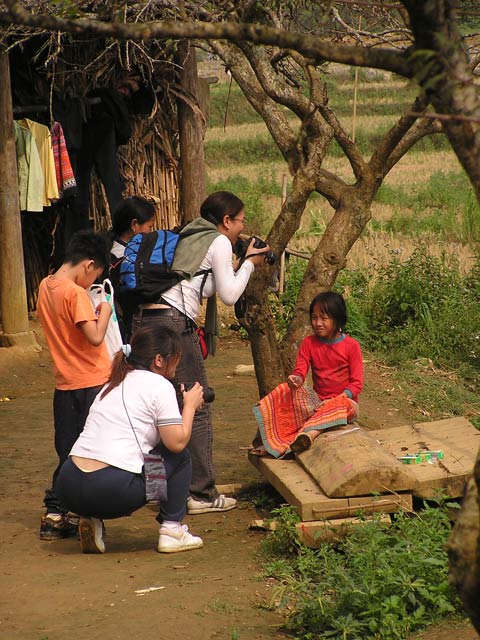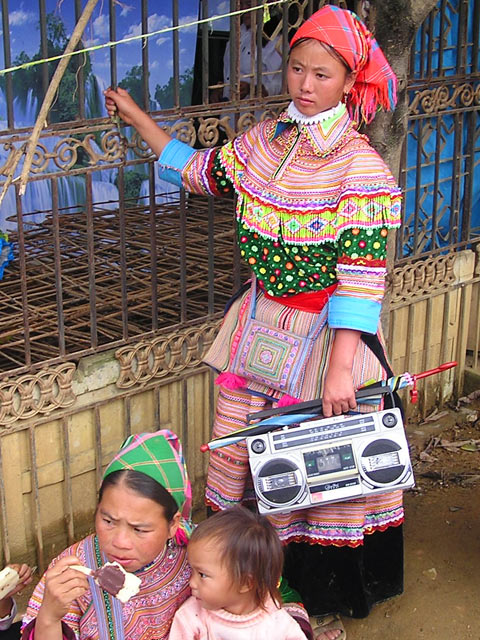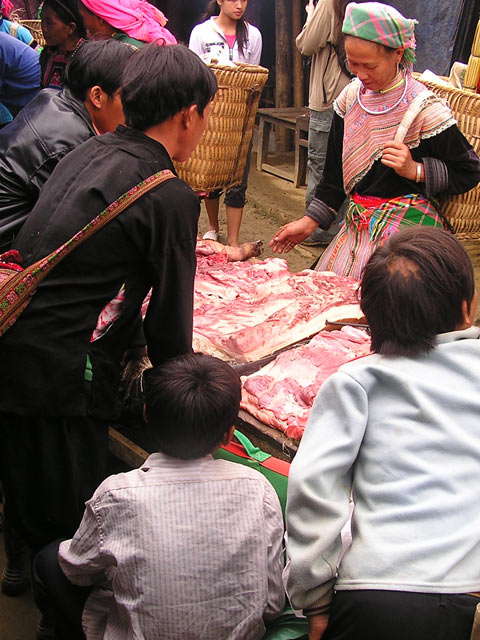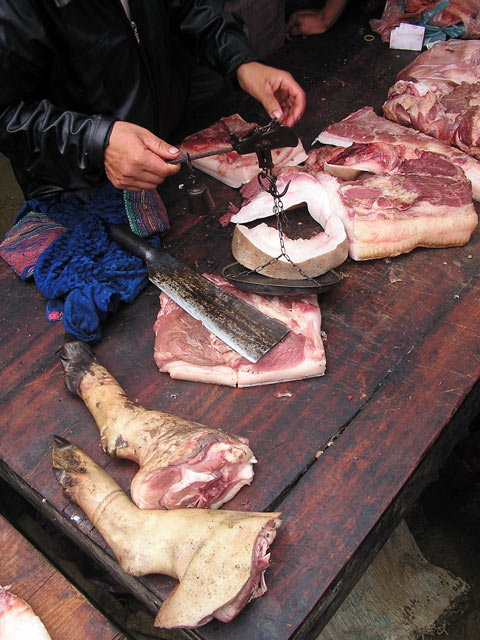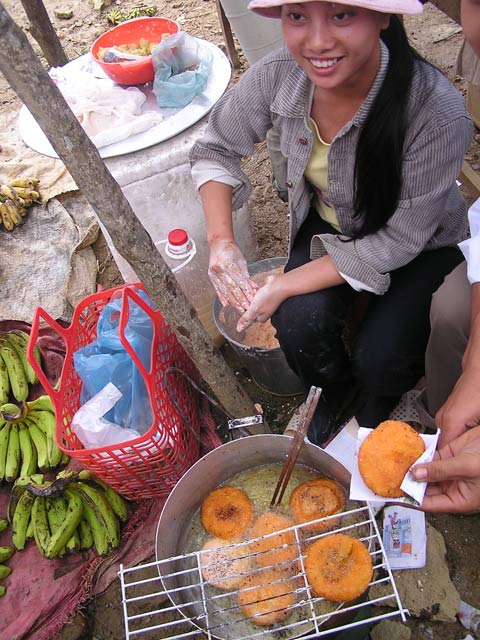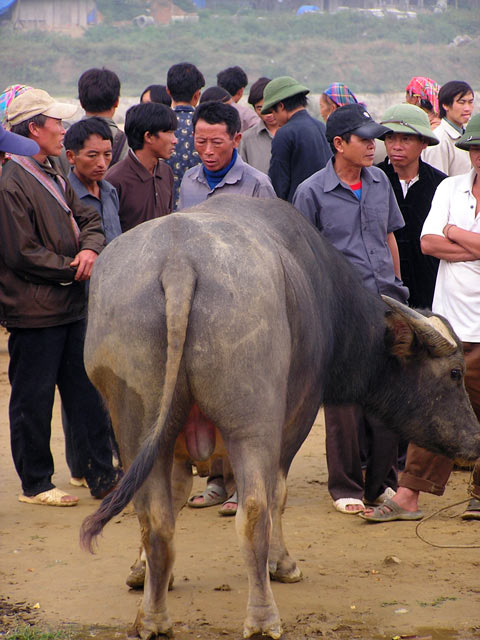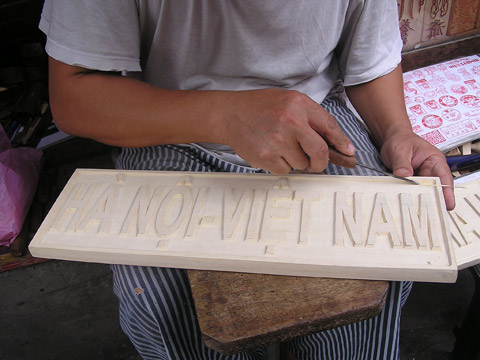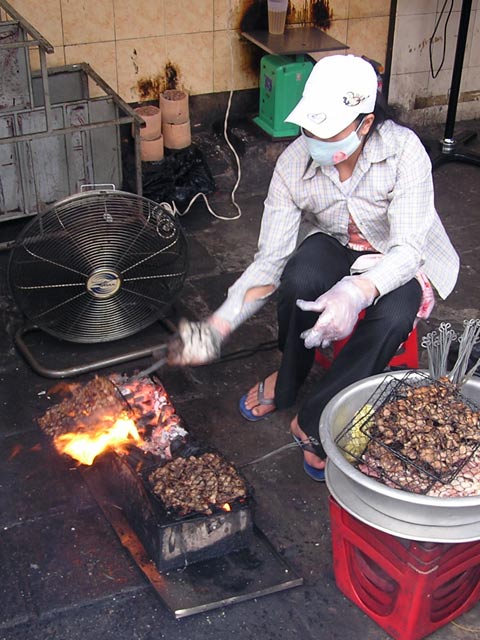
Putting the char into bun cha
bun cha is a blunt instrument. For all the subtlety engendered by Vietnamese cuisine, bun cha acts as a counterpoint: blackened rissoles of pork teamed with charred slices of pork belly in a thin fish sauce, vinegar and sugar stock with sides of bun noodles and assorted greens. Depending on season, either slices of green papaya or chayote (choko) are set afloat upon the stock.

The emphasis however is on the barbecued meat. After mixing components, loose charcoal from the pork is suffused through and suspended in the stock, leaving a thin black ring of charred detritus around the bowl and clinging to every slurp of noodles. The dish is omnipresent at lunchtime in the north of Vietnam, tough to find in the south, practically impossible to stumble upon overseas without guidance or a moment of serendipity. The above bowl was from Bun Cha Dac Kim on Hang Manh Street, Hanoi, not quite “utter bollocks” as one of my favourite food writers denounced them but certainly not the best bowl. The bun cha at 20 Ta Hien St is a much better bet – their fish sauce is punchy and lively, and leaves Dac Kim in its fragrant wake.
I’m beginning to suspect that the quality of food in Vietnam is inversely proportional to the height of the plastic chairs at the restaurant or stall. If a restaurant has stools short enough for your elbows to knock into your knees each time you slurp at your bun then it’s a good find; if plastic chairs are absent then all the better. I’m not sure how folding metal tables work into this equation but they’re somehow vital to it functioning at all.
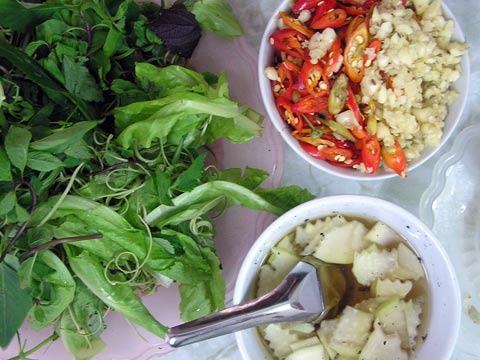
The sides
What Dac Kim lacks in vim, it compensates with bulk. The greens are plated a foot high, the damp bun noodles weighing in at about two pounds, and a spare bowl of stock and papaya is at hand just in case your bowl runs dry. I noticed a trend down south in Veitnam for pho joints to list that “Bill Clinton ate 2 bowls” on the door, regardless of whether he ate there at all. I’m hoping that Dac Kim will follow the trend and list “Bill Clinton ate 2 bowls, then lapsed into a food-related coma”.
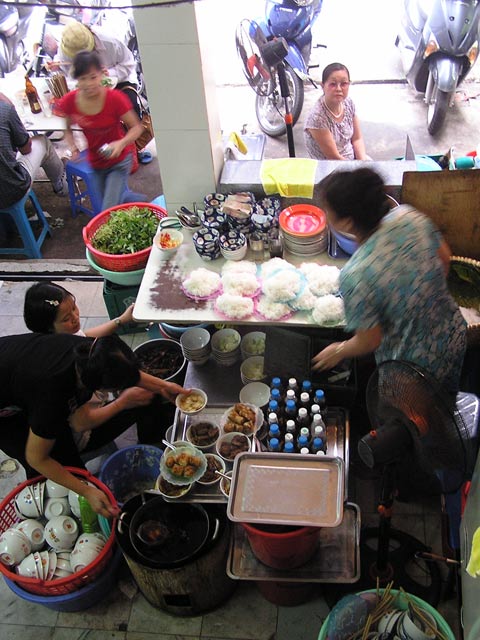
the servery
Location: Bun Cha Dac Kim, 1 Hang Manh St., Hanoi. A better bowl can be found at Bun Cha, 20 Ta Hien St. hanoi.
Price: 35000 VND with a plate of spring rolls for good measure.
